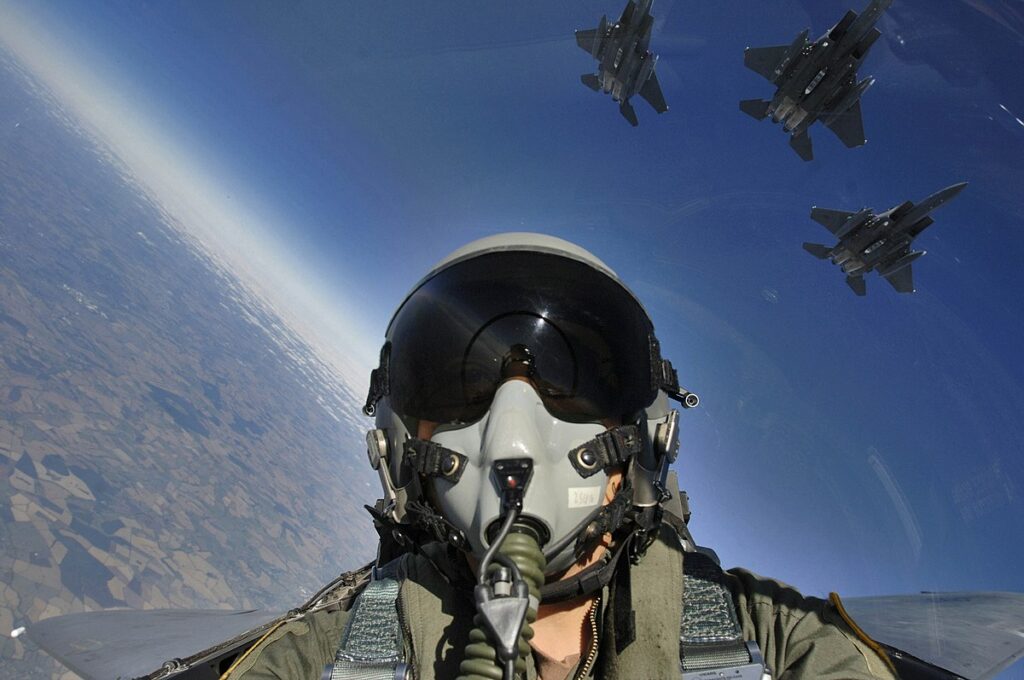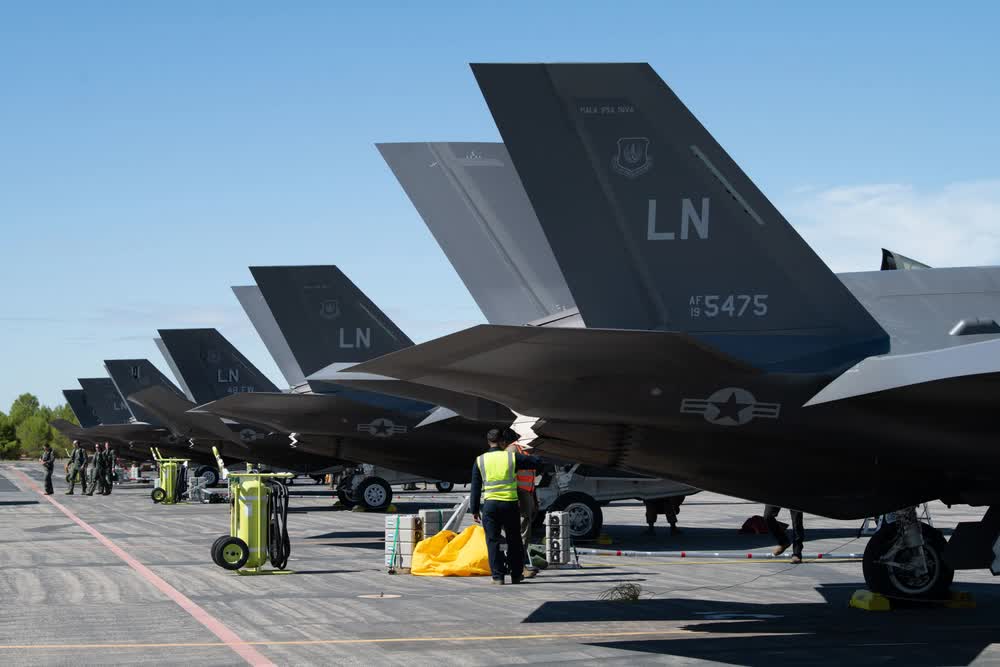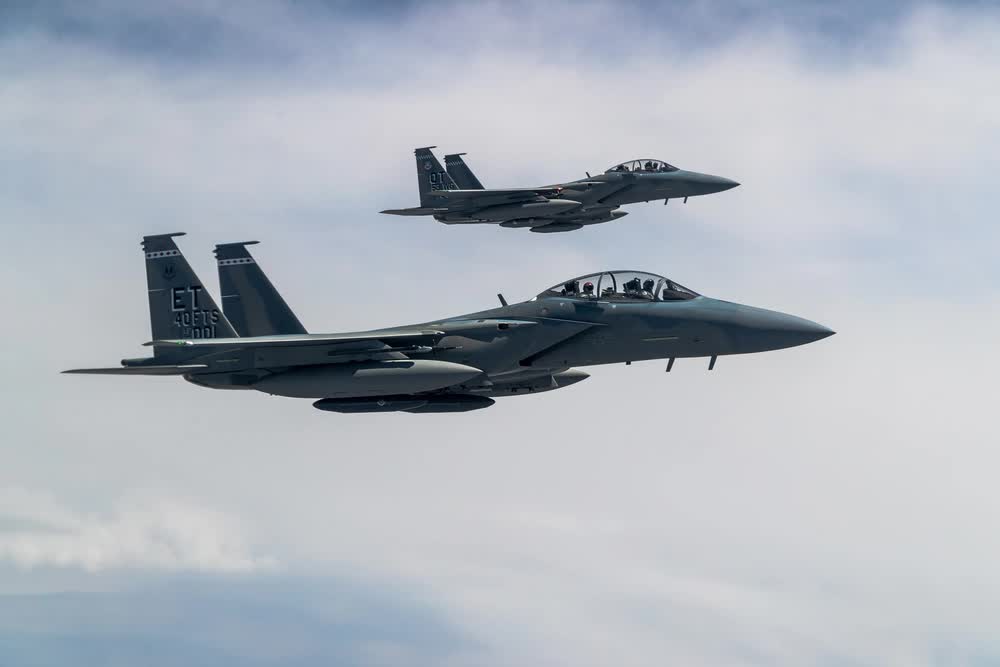China’s growing fleet of aircraft carriers may promise to grant the nation more power projection capabilities than ever before, but first they’ll need a competent carrier-based fighter. That’s where a Chinese national named Su Bin comes in – he is currently serving a prison sentence for stealing tens of thousands of files on America’s premier military aircraft, including the C-17 Globemaster III, F-22 Raptor, and F-35 Joint Strike Fighter, and providing them directly to the Chinese government.
China’s People’s Liberation Army-Navy (PLA-N) has undergone a vast overhaul in recent years, with Xi Jinping (General Secretary of the Communist Party of China, but often referred to as President) spearheading the initiative to remove internal corruption and wasteful spending. His intent is not just to turn China’s massive and sluggish military into a 21st century powerhouse, but very literally to unseat the United States as the global leader in multiple arenas; from military power projection, to diplomacy, to (perhaps most importantly) international trade.
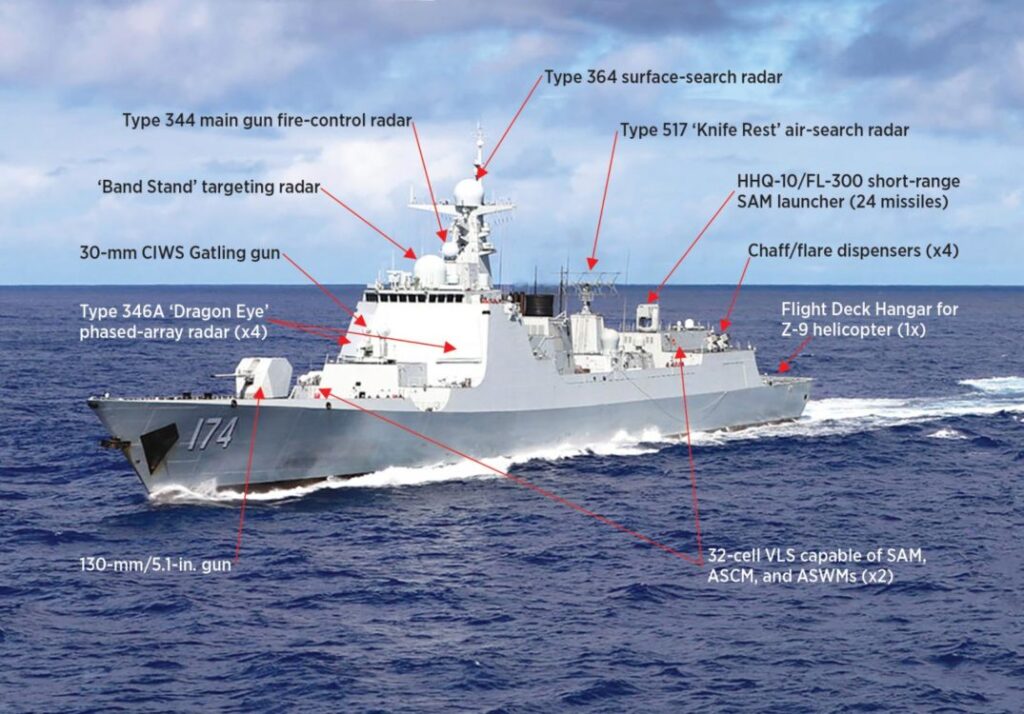
These seemingly disparate goals all actually dovetail into one another on the global stage, with China’s transition from a green water (coastal) to a blue water (global) navy providing it the security it needs to expand its diplomatic influence, both of which serve to further bolster China’s rapidly expanding economic interests outside of the nation’s borders. Truly, all three of these goals can be appropriately summed up under one banner: China’s focus on becoming the sole global superpower that dominates the 21st century.
It’s important to note that these efforts don’t necessarily make China a nefarious party, as many of their economic and diplomatic expansion initiatives mirror America’s own following the conclusion of World War II, where America’s untouched infrastructure and powerful economy provided the nation with the leverage it needed to secure a position atop the international heap right up through today. China’s military efforts, while nefarious seeming to us, are better categorized as “self-serving,” which–it’s important to remember–is just as dangerous as nefarious from an American vantage point.
America and China are playing by different rules
China has no qualms with seeing the United States as its primary competition and ideological opponent, and indeed, within America’s defense apparatus, that’s often how China is seen by Americans as well. Because of America’s very different approach to international relations and individual liberty, however, the United States finds itself in a difficult position. China’s government controls every facet of life within its borders, from censoring social media to dictating the content of American movies released in their markets.
As an example of how different internal culture is within these two nations in terms of global competition, Chinese intelligence managed to infiltrate a secure CIA database in 2010–providing them with a list of people inside China that had given information to American spies. Between 2010 and 2012, the Chinese government identified these individuals, placed them under surveillance to make a list of others that may be helping… and systematically executed them all, effectively neutering America’s intelligence gathering apparatus within the nation.
In stark contrast to that approach, Chinese national and Canadian resident Su Bin, who went by Stephen Su when visiting the States, was convicted of providing information on some of America’s most classified military programs to the Chinese government and was sentenced to just 46 months, or less than four years, for his crimes.
“Su Bin’s sentence is a just punishment for his admitted role in a conspiracy with hackers from the People’s Liberation Army Air Force to illegally access and steal sensitive U.S. military information,†said Assistant Attorney General Carlin.
“Su assisted the Chinese military hackers in their efforts to illegally access and steal designs for cutting-edge military aircraft that are indispensable to our national defense. These activities have serious consequences for the national security of our country and the safety of the men and women of our armed services. This prison sentence reinforces our commitment to ensure that hackers, regardless of state affiliation, are held accountable for their criminal conduct.â€
Whether or not 46 months is an appropriate sentence for Su’s crimes is ultimately unimportant–what matters is the different approach to espionage leveraged by these two nations. In China, many students are sent to the United States on their national government’s dime, with the understanding that they’re expected to send any potentially useful information they can back to their handlers in the Chinese government. This has become a hot-button political issue in recent weeks, but regardless of where you stand on how to address this fact of life, the fact remains ever present. America does not enjoy the same volume of information gatherers, nor the freedom of movement within the other nation, educational institutions, and corporations that America grants students from China and elsewhere overseas.
Again, that’s not an indictment of foreign students studying on American soil, but it is an important observation what taking a pragmatic approach to great power competition.
Why does China need to steal aircraft designs?
The United States is undoubtedly the global leader in stealth technologies, but the U.S. is not the only place China has a long history of stealing tech from.
The Soviet Union, once America’s great opponent, may not have won the space race, but for many years, their space and even military technology was equal, if not superior, to its American counterparts (which served as the very basis of the Cold War’s arms race early on).

During this time, China also stole many aircraft designs from the Soviet Union and its Russian successor–a topic I’ve covered in some length for Popular Mechanics, but that I’ll summarize briefly here: China’s Shenyang J-11/16, Shenyang J-15 and FC-1 Xiaolong are just some of the Chinese military aircraft based directly on stolen or purchased Soviet or Russian platforms.
While one might be inclined to see China’s apparent inability to field unique military platforms as a strategic weakness, in many ways, it can be more of a strength. By stealing platforms and technologies from its opponents and even allies, China often skips large portions of the time and cost associated with developing new technologies on their own.
“This is about world domination and when or if there has to be a conflict—and unfortunately there probably will be one—they want to be mano-a-mano, if not better than the US, and that’s what they’ve set their sights on for the last thirty or forty years,”-Bob Anderson, the FBI’s former head of counterintelligence
China’s carrier problems
China has rapidly expanded their fleet of aircraft carriers, and will soon have three operational flat tops in the Pacific. These carriers, however, suffer from a number of significant shortcomings.
First and foremost, they are diesel-electric powered, unlike America’s nuclear carriers that go travel much further without the need to refuel or resupply. Future Chinese carriers are intended to utilize nuclear power.
Second, their military personnel lack combat experience at every level of the command structure, placing them at a disadvantage when compared to U.S. troops.
The third most prominent issue China’s carriers face is a lack of carrier-based air power.
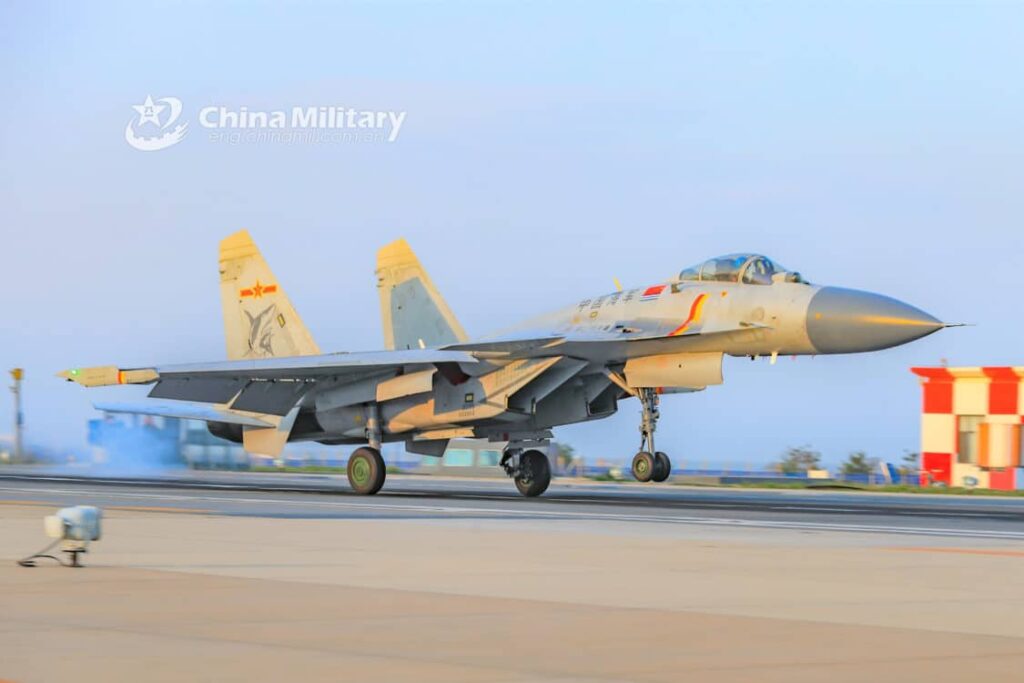
In July of 2018, reports began to emerge out of China indicating that their J-15 fighter, a platform based on Russia’s Su-33, may not be as combat effective as Chinese officials have claimed. In fact, the aircraft has been in numerous crashes, and even when operating properly, China’s carriers lack a launch catapult and instead rely on a sloped ramp. China’s J-15 can’t carry a full ordnance payload and still take off from such a ramp.
China’s 5th generation fighters
The competitive arena of stealth fighter platforms (commonly referred to as 5th generation fighters) is no different when it comes to Chinese espionage.
Their Chengdu J-20 “Mighty Dragon” is the only operational 5th generation aircraft in China’s stable, and currently exists in too few numbers to truly offer much in the way of capability. Issues with engine production have slowed China’s plans to field a fleet of these stealthy air superiority fighters thus far, but it stands to reason that production will be expedited in the years to come.
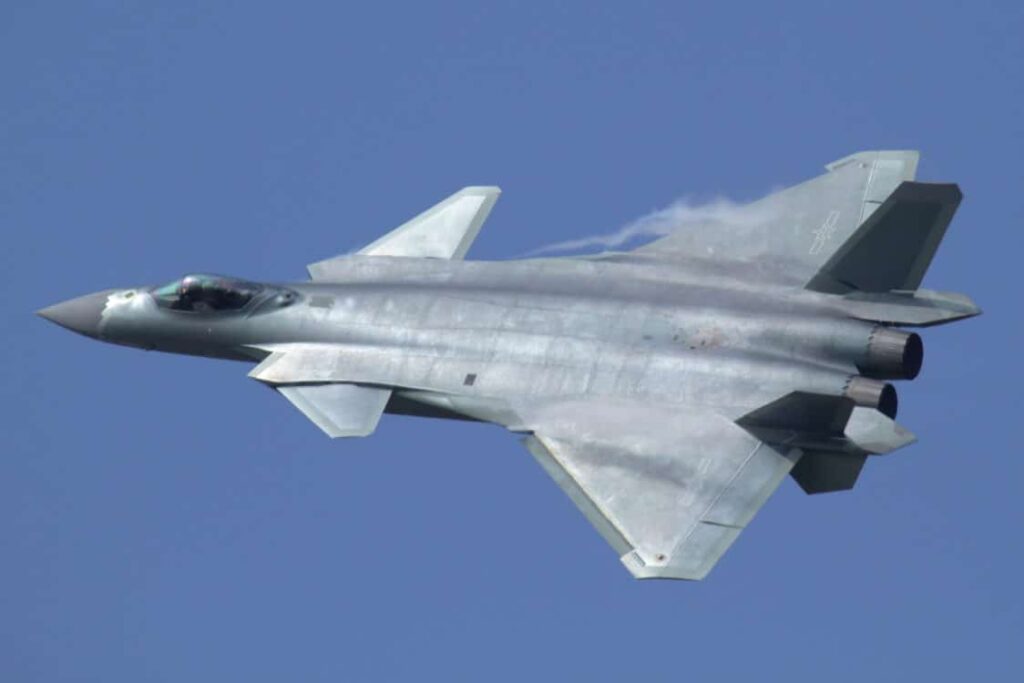
The J-20 is based almost entirely on Lockheed Martin’s F-22 Raptor, which is widely considered to be the most capable fighter on the planet. The F-22’s combination of stealth technologies, data fusion, and thrust-vectoring nozzles make it not only sneaky, but capable of similar acrobatics to fourth-generation power houses like Russia’s Su-35. China’s J-20, however, added forward canards that some believe will adversely affect the platform’s stealth profile from any vantage point other than head on.
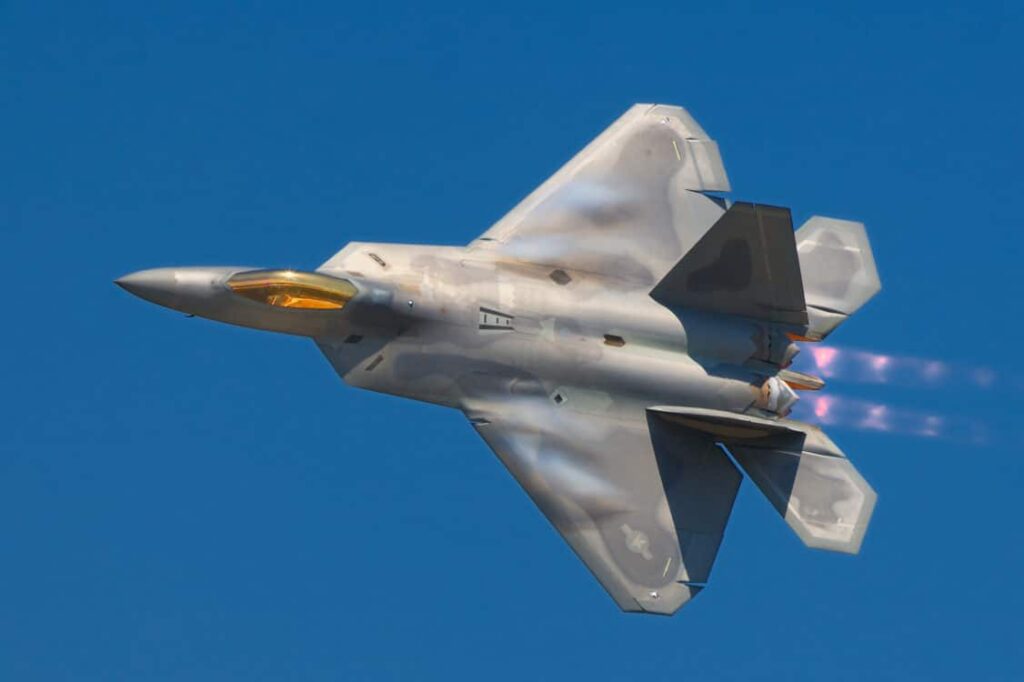
China came by plans for the F-22 through Su Bin, the aforementioned Chinese national that’s currently serving a prison sentence for his espionage efforts. Su also provided China with thousands of files pertaining to the F-35, which became the basis for the first J-31, which took to the sky for the first time in October of 2012.
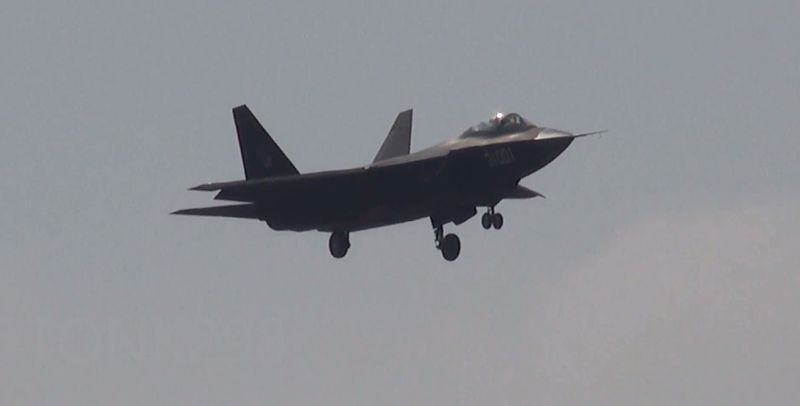
The platform was not as highly sought after by the Chinese military as the J-20. There could be a number of reasons for that, including an emphasis on air-to-air superiority over air-to-ground combat capability, but the complex data fusion capabilities the F-35 offers are really what sets the platform apart from its competition, and that isn’t easily stolen in diagrams and PDFs.
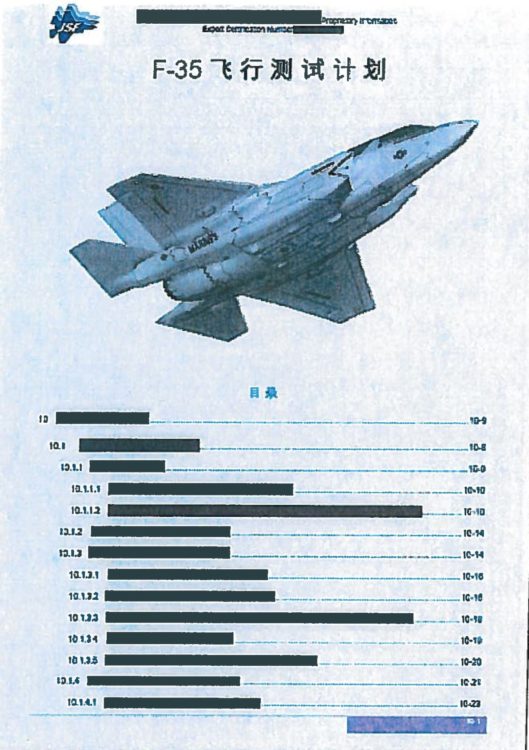
Although the J-31 was intended for use by the PLA Air Force, a recent article from China’s state-owned South China Morning Post indicates that the platform is now likely being considered as a replacement for their carrier-based problem planes, the J-15. The J-20 isn’t as well suited for carrier missions, as it’s both heavier and longer than the J-31. It’s worth noting that America’s F-22 Raptors are also not carrier-capable, but the F-35 Joint Strike Fighter comes in both carrier-ready trims and vertical landing, short takeoff variants that make it suitable for even shorter flat-topped vessels like the Marine Corps’ “lightning carrier” concept.
A copy-cat version of such a platform would be well suited to China’s carriers, even with their sloped launch deck. A final decision on what aircraft China will modify for carrier duty has not yet been announced, but with no other carrier-capable stealth platform operating anywhere else in the world, and an understanding that China already has thousands of stolen documents on the platform, the J-31 seems a likely winner.


